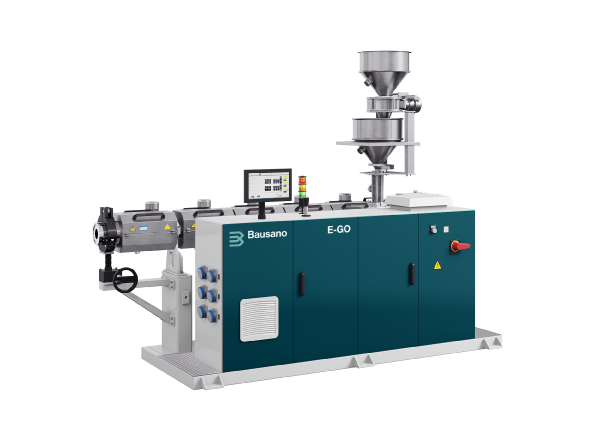In summary
The HDPE pipe extrusion process is complex and involves several critical microprocesses in the air gap, including swelling, shrinkage, and oxidation. Variations in the process, such as melt fracture and drawing resonance, significantly affect the quality and productivity of the extrudate.
Dynamics and Challenges in HDPE Pipe Extrusion
HDPE used in pipes is a crystalline polymer, which contains 60–80% crystallinity. Processing is carried out at around 200°C, when all the crystalline structures are transformed into an undefined structure as the material exits the die. Extruded plastics often have a higher melt viscosity, which allows the extrudate to retain the shape imparted to it by the die.
The air gap is a critical area where the extrudate is between the extrusion die and the entry to the sizer, in which the extruded is seen for the first time by the operator.
As explained in great detail by engineer Yashodan Kanade in 2020, there are many micro-processes occurring in this area that take place simultaneously within the air gap:
- Die swelling
- Retiring
- Increase in density
- Melt fracture (in certain conditions)
- Air contact and surface oxidation
- Stretching while the extrudate is hot (melt orientation)
- Draw resonance (in some cases)
- Annealing while the material is hot before entering the sizer
- Vacuum sizing or pressure sizing
- Cooling below the set temperature
Ideally, the extrudate from the HDPE pipe extrusion should have the same density and temperature along the circumference, and the air gap distance should be kept constant.
The gap area is where hot HDPE comes in contact with oxygen from the air causing oxidative degradation at the surface. Preventing oxidation is not very effective in the air gap because most of the aldehydes and acids are formed here.
This die variation of HDPE depends on:
- HDPE used – the higher the MFI (Melt Flow Index), the less the die swells
- Die gap – the smaller the gap, the more will die swell
- Die land – the longer the die land, the lesser the die swell
- Eccentricity in the pipe wall will cause variation in the die swell
- Temperature of extrudate – the higher the temperature, the lesser the die swell
Melt Fracture and Draw Resonance in HDPE pipe extrusion
There are two types of changeability in the air gap during HDPE pipe extrusion: the melt fracture and the draw resonance. Both of them result in a decrease in extrudate quality, which will generally limit productivity.
They cause surface deterioration ranging from simple roughness (sharkskin), to random helical configurations or gross distortions (melt fracture).
Melt fracture may result in tensile failure, buckling of the extrudate, stick-slip phenomena of the polymer on the die surfaces.
Draw resonance is more cyclic in nature, having pulsations in the extrudate diameter. It occurs only when the draw-down ratio and/or draw-down rate reaches a critical value at a fixed throughput rate. Its gravity of draw resonance increases with an increase in the drawdown ratio and/or rate until the extrudate breaks.
As the extrudate is drawn through the air gap, another motionless area is the extrudate entry into the vacuum tank. This is quite demanding as the cooling tank entry is occupied with running water. The water is usually under strict control by the use of dams, diaphragms and weirs to keep the water flow as constant as possible to prevent unstable or unsteady water contact with the melting cone.
Here, the outer surface of the extruded product is altered from a high-temperature viscous liquid state to a solid state: the extrudate first makes contact with water from the quench tank creating an irreversible condition in the product.




